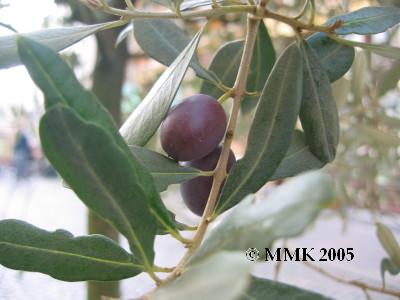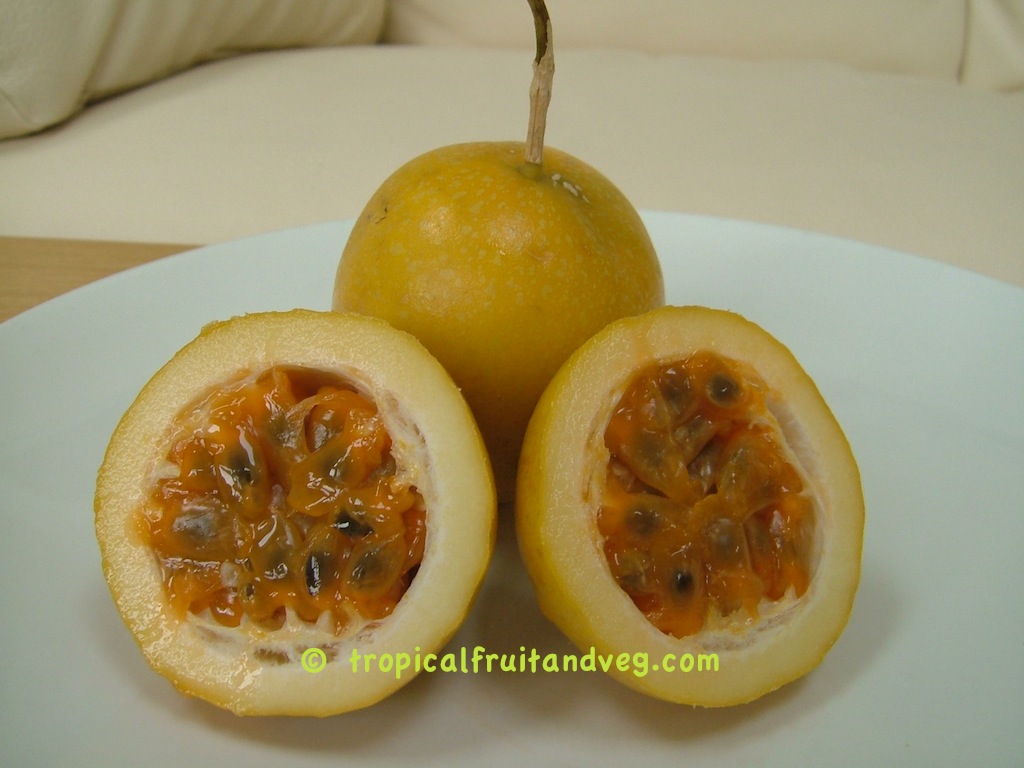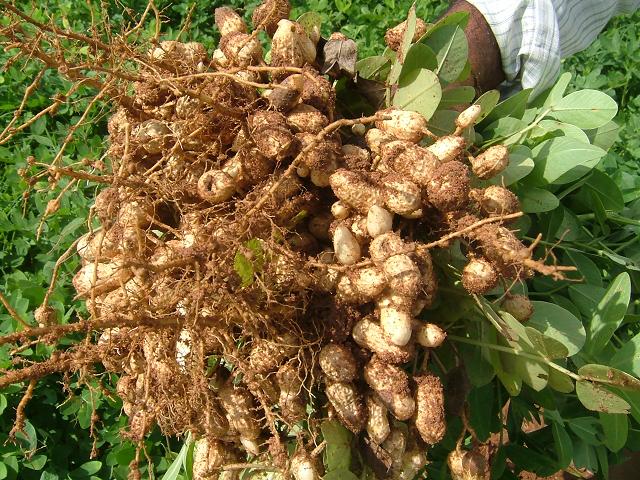| Uses: 66 to 70 of 99 NextPage Go to Page: 1 2 3 4 5 6 7 8 9 10 11 12 13 14 15 16 17 18 19 20 | |

|
Olive
Botanical Name: Olea europaea The olive has been used since ancient times for the making of olive oil and for eating of the fruit, which, being bitter in its natural state, are typically subjected to fermentation or cured with lye or brine to be made more palatable. Green olives and black olives are soaked in a solution of sodium hydroxide and then washed thoroughly in water to remove oleuropein, a naturally bitter carbohydrate.Then green olives may be allowed to ferment before they are packed in a brine solution. Black olives are not allowed to ferment before packaging, which is why they taste milder than most green olives. Green olives that do not ferment before packing taste as mild as black olives. |

|
Oregano
Botanical Name: Origanum vulgare Oregano is an important culinary herb. It is particularly widely used in Greek and Italian cuisines. It is the leaves that are used in cooking, and the dried herb is often more flavourful than the fresh. |

|
Papaya
Botanical Name: Carica papaya Ripe papayas are most commonly eaten fresh, merely peeled, seeded and cut into wedges. Papaya juice and nectar may be prepared from peeled or unpeeled fruit and are sold fresh in bottles or canned. Raw green papaya is frequently used in Thai and Vietnamese cooking but it is usually cooked first. |

|
Passionfruit
Botanical Name: Passiflora edulis The fruit is cut in half and the pulp eaten with a spoon or scooped out and mixed in salads and desserts. Passionfruit juice is also very popular. |

|
Peanut
Botanical Name: Arachis hypogaea The principal uses are salted, shelled nuts, peanut butter, peanut brittle, candy bars, and nuts that have been roasted in the shell. Salted peanuts are usually roasted in oil and packed in retail size, plastic bags or hermetically sealed cans. Dry roasted, salted peanuts are also marketed in significant quantities. The primary use of peanut butter is in the home, but large quantities are also used in the commercial manufacture of sandwiches, candy, and bakery products. Boiled peanuts are a preparation of raw, unshelled green peanuts typically eaten as a snack. Peanut oil is often used in cooking, because it has a mild flavour and burns at a relatively high temperature.Peanuts have a variety of industrial end uses. Paint, varnish, lubricating oil, leather dressings, furniture polish, insecticides, and nitroglycerin are made from peanut oil. Soap is made from saponified oil, and many cosmetics contain peanut oil and its derivatives. The protein portion of the oil is used in the manufacture of some textile fibers. Peanut shells are put to use in the manufacture of plastic, wallboard, abrasives, and fuel. They are also used to make cellulose (used in rayon and paper) and mucilage (glue). Peanut plant tops are used to make hay. The protein cake (oilcake meal) residue from oil processing is utilized as an animal feed and as a soil fertilizer. |
| 66 to 70 of 99 NextPage Go to Page: 1 2 3 4 5 6 7 8 9 10 11 12 13 14 15 16 17 18 19 20 | |